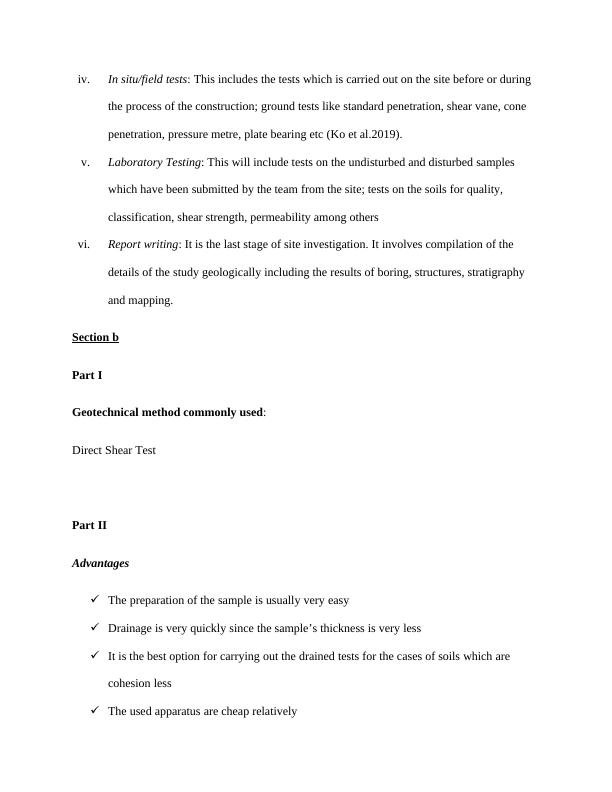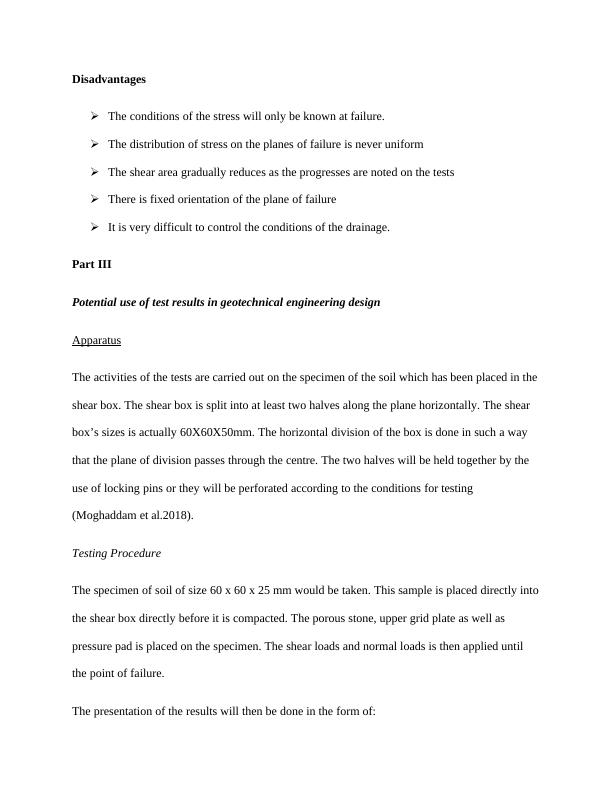The Journal of the Deep Foundations Institute
Discussing geotechnical site investigation steps, gathering important information, geotechnical field test for soil strength estimation, bearing capacity failures in soil, and short term vs long term bearing capacity estimation.
20 Pages3006 Words26 Views
Added on 2022-09-01
The Journal of the Deep Foundations Institute
Discussing geotechnical site investigation steps, gathering important information, geotechnical field test for soil strength estimation, bearing capacity failures in soil, and short term vs long term bearing capacity estimation.
Added on 2022-09-01
ShareRelated Documents
End of preview
Want to access all the pages? Upload your documents or become a member.
Shear Box Test on Sand Soil Sample - Experimental Procedure and Results
|13
|2071
|265
BS 5930:1999 - Principles of Site Description for Geotechnical Investigation
|7
|1043
|446




